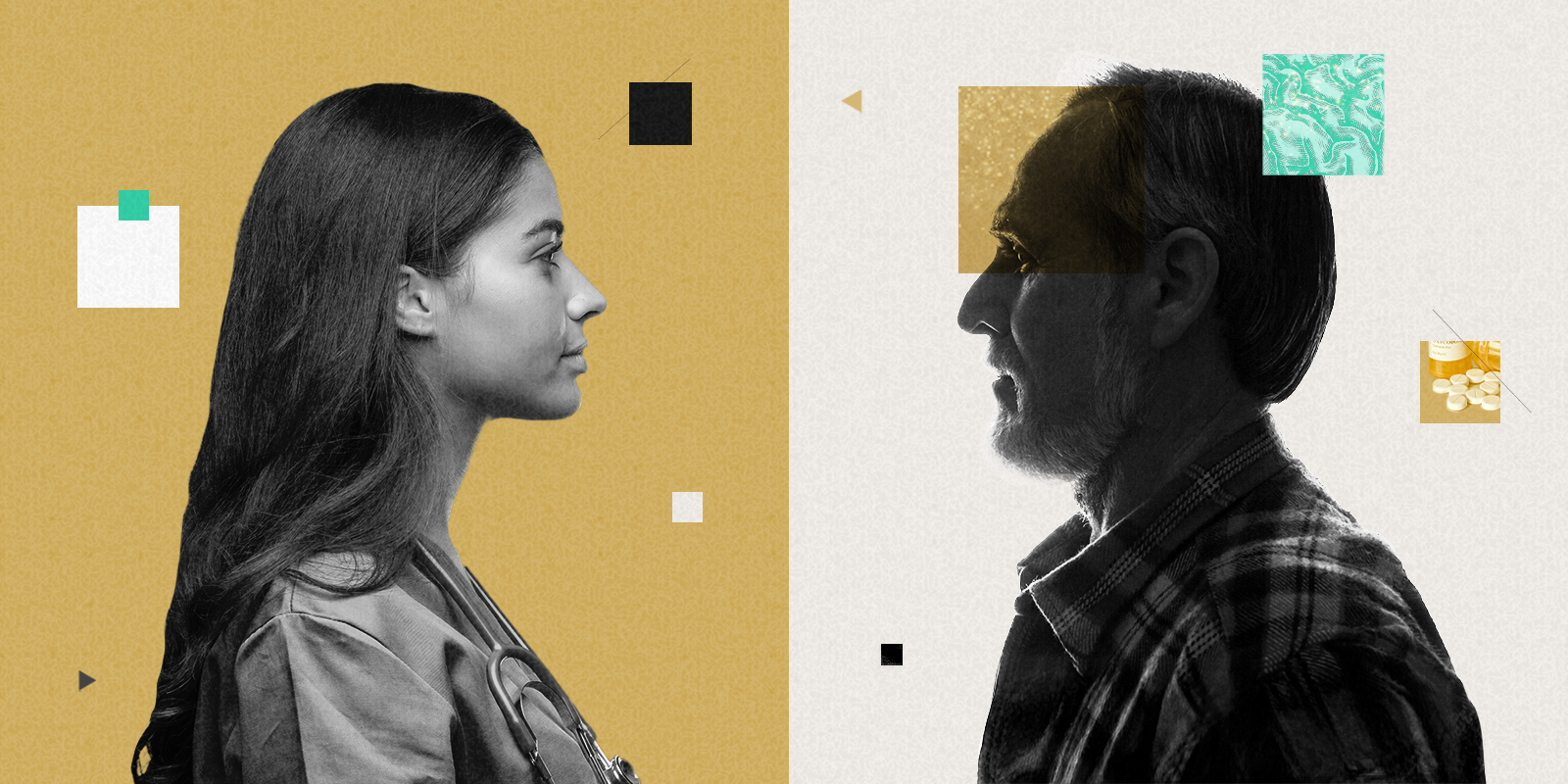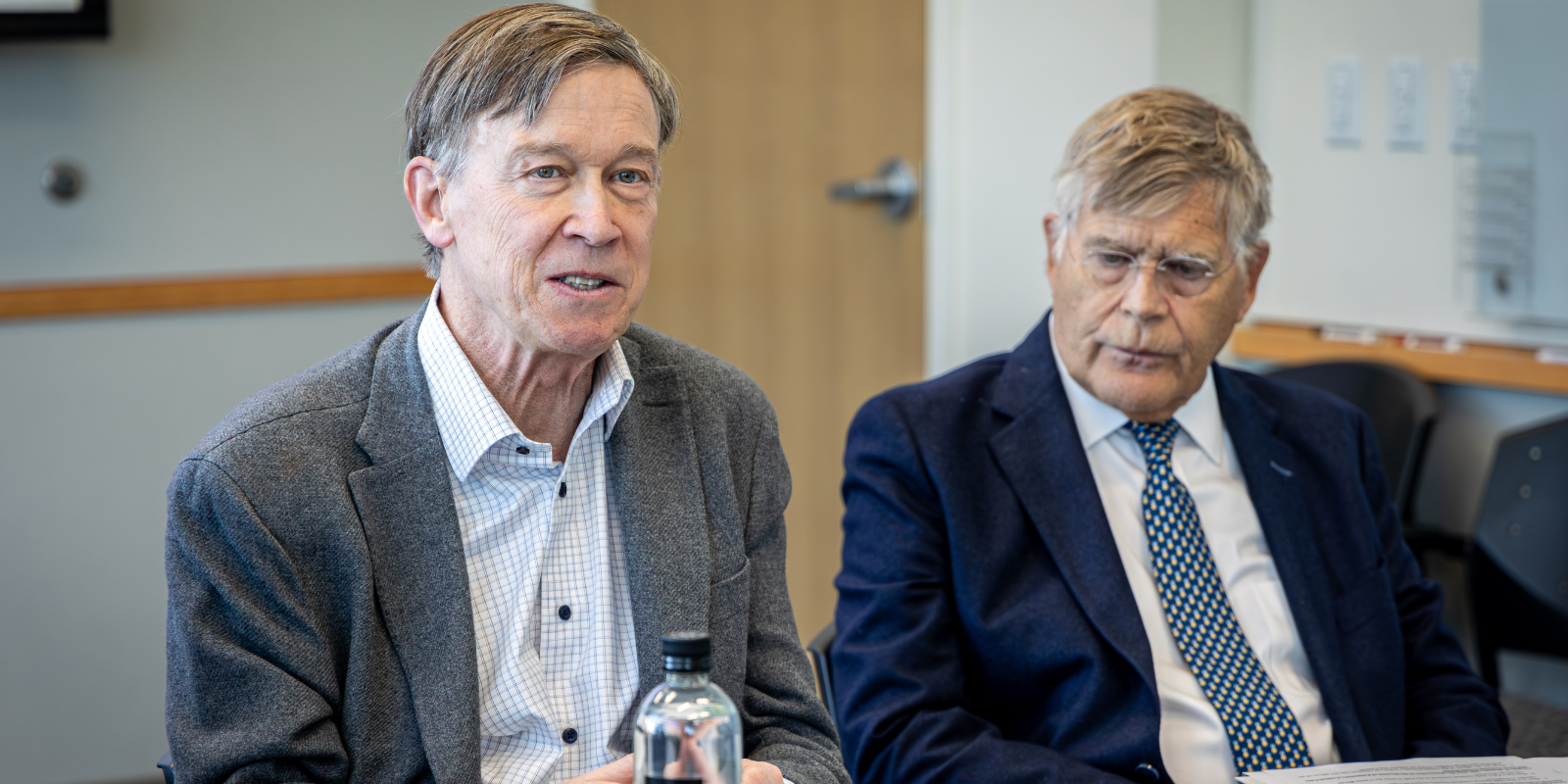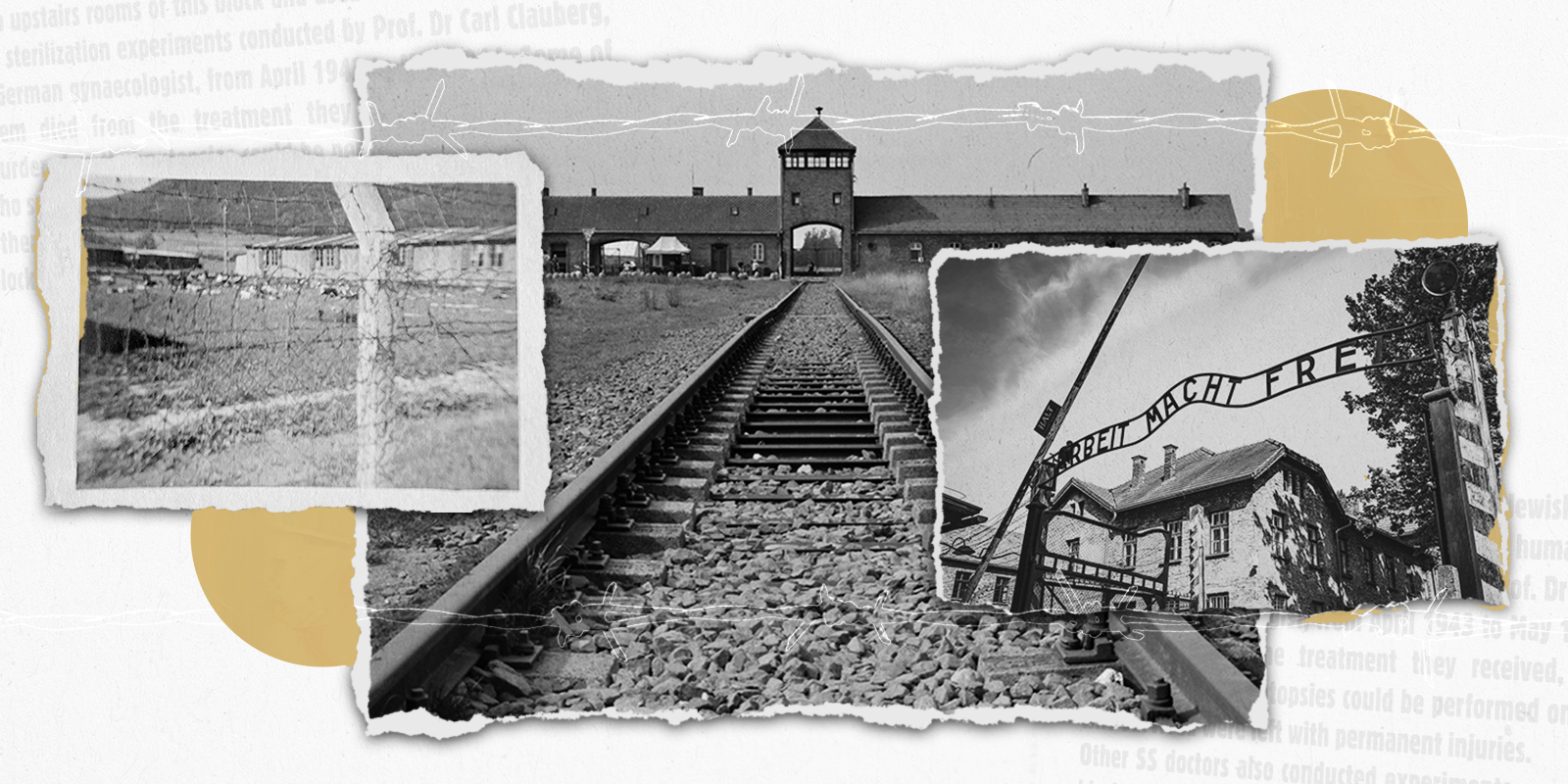As the genuine virus continued its spread across the globe, 165 medical students hunkered down in multiple Education 2 North and South rooms, focused on preventing the same (but mock) COVID-19 virus from becoming a pandemic.
Although they failed in blocking the respiratory virus’s path, the fourth-year students rode the pandemic out, strategizing, problem-solving and creating emergency response plans aimed at minimizing its toll.
It was the first time in the annual exercise’s 15-year history that the threat the students battled inside the University of Colorado Anschutz Medical Campus halls loomed outside their pseudo world.
Real-world COVID-19 reshapes simulation
“We actually changed the entire case this year to reflect what is really happening with COVID-19,” School of Medicine Associate Professor Jason Persoff, MD, said of the annual simulation on March 4.
Charlie Little, DO, professor of emergency medicine and public health and director of the event for eight years, said this year’s group was a little quieter than usual and intensely engaged.
“One of the things you get to do today is make consequential decisions with insufficient information." – Charlie Little
“I think that (the actual threat) also helped the students concentrate a little bit, because it’s been in the news, and they’ve been following it, and so it’s a very real event,” Little said. “They really worked well together and found ways to overcome some significant problems.”
As the novel coronavirus has now entered the United States (and since been confirmed in Colorado), organizers of the simulation faced some quick reshuffling the morning of the event. “We lost about a quarter of our volunteers because of emergency operation centers opening across the state,” Little said.
But community volunteers always step up to the task, which can serve as practice for them as well, and organizers found enough last-minute substitutes, Little said.
About 45 professionals from area health agencies, hospitals, clinics, EMS and the media volunteer each year as facilitators, guiding the often-tense simulation. Students divide into groups with one or two of the volunteers, filling the role in their mock community their volunteers fill in the real world.
“One of the things you get to do today is make consequential decisions with insufficient information,” Little told the Integrated Clinicians Course students. “It’s chaotic. It’s stressful. Just accept it and move on,” he said, emphasizing the importance of working well with their team members. “We want you to learn about your group as well as what other groups will do in a disaster.”

Ana Hunt, left, briefs Kaitlin Sweeney and Joshua Smith on the latest coronavirus updates during a School of Medicine annual pandemic simulation.
Exercise succeeds in creating a virtual reality
Kaitlin Sweeney threw her head back, covering her eyes with her hands. “Oh, this is stressful, guys,” she said to nine other medical students turned Mountain City News editors and reporters. Barely into the exercise, Sweeney had already made a mistake.
“I accidentally put that Colorado had two confirmed cases in the subject line,” said Sweeney, assigned as the social media director for the fictitious news outlet. The cases were only suspected at that point. Sweeney’s acknowledgement barely got a glance from her editor, Sarah Haeger, who was quickly becoming inundated with emails from agencies and hospitals providing updates.
As most of their peers brainstormed, deciphered statistics and created response models playing roles from health department personnel to Office of Emergency Management workers, Sweeney’s team was tasked with finding and relaying the news to the public.
It wasn’t easy.
“Let’s get the media out of here,” a public health department worker instructed peers she’d been addressing when a pair of reporters burst through the doors. Whisking them back out to the halls with a Public Information Officer (PIO) was the norm when media came knocking, where reporters found themselves frequently stonewalled, especially initially.
“I’m not at liberty to tell you that,” Ana Hunt said in response to reporter duo Lakota Cheek and Joshua Smith more than once. The pair was seeking the names of the hospitals where the suspected cases were and what airport the patients has flown into recently.
After a failed attempt at fishing out information from Hunt with a guessing game, the two reporters tromped back to report not much to their editor.

Amy Franks, deputy editor of the "Mountain City News," listens as Micah Cornett briefs her on the latest actions his public health team, in the room behind them, has taken in response to a simulated pandemic.
Pandemic simulation: a lesson in frustration
When the Cheek-Smith duo went seeking information from another agency, Cheek let some frustration show. “So not much is being done right now is what I’m hearing,” he said.
PIO Cameron Niswander, taking time out from the intense planning he and his group had been doing, disagreed. “I’d say a lot of preparation is being done, and a lot of information is being gathered,” he said.
“The public deserves to know” versus “we don’t want to incite panic” were opposing powers at play throughout the morning, in which students responded in less than three hours to a pandemic that normally would unfold in weeks or months.
Students faced many struggles, from a lack of ventilators and isolation rooms to the logistics of organizing a public supply center when a community is under quarantine. One of their items on the “what went wrong” list during debriefing was: “Weren’t prepared to deal with the media.”
But their biggest frustration, students said during debrief, was a lack of information that Little warned them about at the beginning.
And that is reality, Persoff said, referring to today’s COVID-19 threat. “We still have tons of unknowns.”
Top photo: Dynamic reporting duo Joshua Smith, left, and Lakota Cheek, center, question Colleen Long and Cameron Niswander during a medical student coronavirus exercise.



